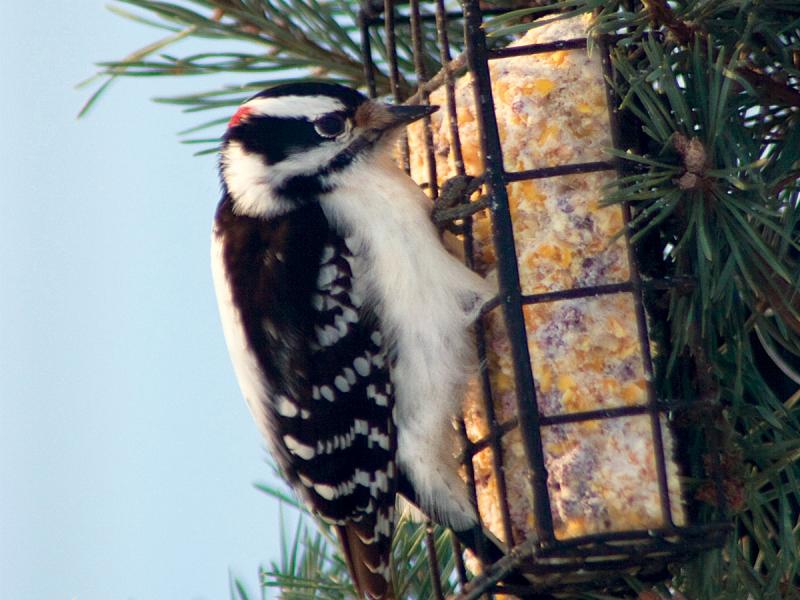Names can shape how we see the world. When two white performers gave concerts for a crowd filled with black Marines from the El Toro Marine Base, they really connected with the audience. Indeed, many attendees considered them “brothers,” and one black U.S. Marine in the audience shouted out, "That was righteous, brothers!," and that was how Bobby Hatfield and Bill Medley became The Righteous Brothers.
Discarded items that were reused could be called hand-me-downs, but now they are recycled, up-cycled or down-cycled.
Recycling means cleaning it up and reusing it; up-cycling means making the pieces actually worth more than their original value, such as cutting up old credit cards into guitar picks. Down-cycling is using something for less than its original value, such as using food scraps as compost in the garden.
Which brings us to the dead Christmas trees that clutter landfills every December. These pieces of organic material have many uses in the garden.
Because pine needles dry quickly, yet decompose slowly, they are great for mulch around acid-loving plants such as blueberries or azaleas. Neutral soil pH is between 6.5 and 7, while acidic soil has a pH below 6.5. In addition to blueberries and azaleas, acid-loving plants include evergreen trees such as fir, pine and spruce, as well as dogwoods, magnolia, hydrangeas, and nearly all ferns. Christmas magic doesn't end Dec. 26, because bigleaf hydrangeas (Hydrangea macrophylla) will actually change the color of their flowers from pink to blue when grown in acidic soil.
Garden plants that like acidic soil and benefit from pine needle mulch include asparagus, artichokes, spinach, sweet potatoes, leeks, lima beans, Swiss chard, elderberries, apples and grapes.
Use cut branches as a base for your compost pile. The branches will let air flow into the bottom of the compost pile, speeding up decomposition. Eventually the branches will break down, adding organic matter and nutrients to the compost.
You can use the entire dead Christmas tree to bring life to the garden when you add bird feeders. Even unadorned, a tree will provide shelter for songbirds and small animals. You can also use the entire tree as a base for a trellis.
Cut off boughs and lay them over perennial beds to protect them from snow and reduce frost heaving.
You can upcycle the Christmas tree trunk by cutting it into thin slabs and making coasters. Sand the slabs until smooth, and cover in a thin coat of polyurethane to seal the wood and prevent any sap from leaking out.
Those same slabs of wood from the tree trunk can be used as edging around a border. Or you can paint them and use them as row markers in the garden.
To make a mulch of your entire Christmas tree, borrow or rent a chipper and reduce the tree into a nice pile of wood chips. These are ideal to create paths, as they will hold down weeds. Be careful using wood chips as mulch, because they can actually leach nitrogen out of the soil as they break down.
So, don't just trash your old Christmas tree, but up-cycle, down-cycle and recycle it into the garden. It is the righteous thing to do.


















































